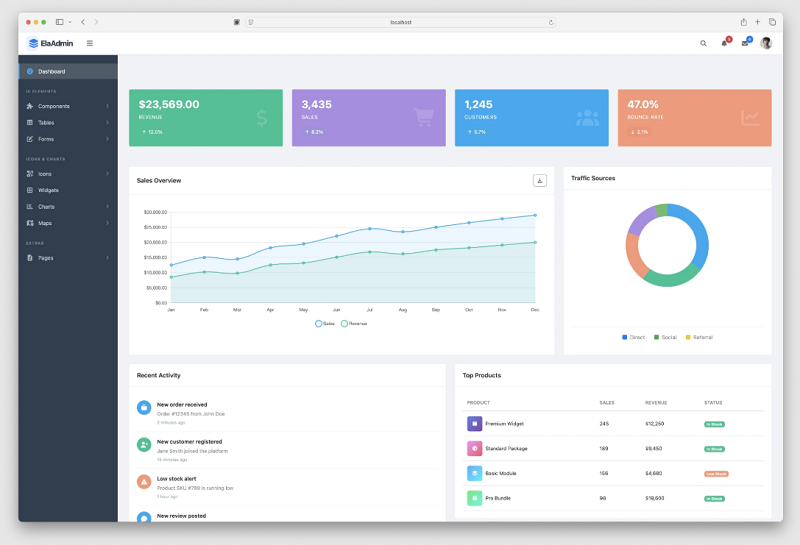Data is one of the most important elements of any business. It helps organizations to make better decisions, identify opportunities, gain insight, and remain competitive. Data can come from a variety of sources, including customer surveys, sales figures, and website analytics. By collecting and analyzing data, businesses can gain valuable insights into their operations and identify areas for improvement.
What is Data?
Data is information that has been collected and organized into useful formats. It can be used to analyze trends, create models, and identify correlations between different elements. Data can come from internal systems, such as sales and customer databases. It can also come from external sources, such as market research and public records. Data can be qualitative or quantitative. Qualitative data is descriptive and provides a narrative about a given situation. Quantitative data is numerical and allows for statistical analysis.
Data Collection Strategies
Data collection is the process of gathering information from various sources. This can include surveys, interviews, focus groups, and observations. Businesses can use a variety of methods to collect data, including online surveys, telephone surveys, and in-person interviews. It is important to ensure that the data collected is accurate and relevant to the objectives of the study.
The Benefits of Data Analysis
Data analysis is the process of examining data to identify patterns, trends, and relationships. By analyzing data, businesses can gain valuable insights into their operations and markets. Data analysis can help businesses to identify opportunities for growth, improve customer service, and identify areas for improvement. Data analysis can also help businesses to develop more effective marketing strategies and understand customer behavior.
Using Data for Business Success
Data can be used to inform business decisions and strategies. Data can help businesses to identify opportunities for growth and to develop more effective strategies. Businesses can use data to identify customer needs and preferences, identify their target audiences, and develop more effective marketing campaigns. By analyzing data, businesses can gain insights into their markets and customers, and make better decisions.
Challenges of Analyzing Data
Data analysis can be a challenging process. It requires an understanding of the data and the ability to interpret and draw conclusions from it. It also requires expertise in data analysis tools and software. Additionally, data analysis can be time-consuming and expensive. It is important to consider the cost of data analysis when planning a project.
Common Data Mistakes
Data mistakes can have serious consequences for businesses. The most common data mistakes include inaccurate data, incomplete data, and incorrect assumptions. It is important to ensure that data is accurate and up to date and to verify assumptions before drawing conclusions. Additionally, it is important to understand the limitations of the data before making decisions.
Conclusion
Data is an essential element of any business. By collecting and analyzing data, businesses can gain valuable insights into their operations and markets. Data collection and analysis can help businesses to identify opportunities for growth, improve customer service, and develop more effective strategies. However, it is important to consider the cost and challenges of data analysis when planning a project. Data mistakes can have serious consequences, so it is important to ensure that data is accurate and up to date. By understanding the importance of data and taking the necessary steps to collect and analyze it, businesses can maximize their opportunities for success.





